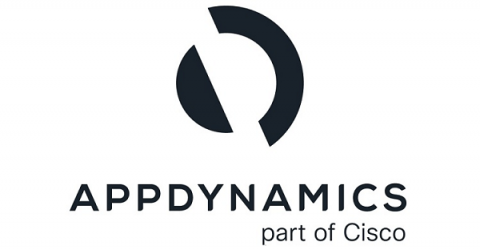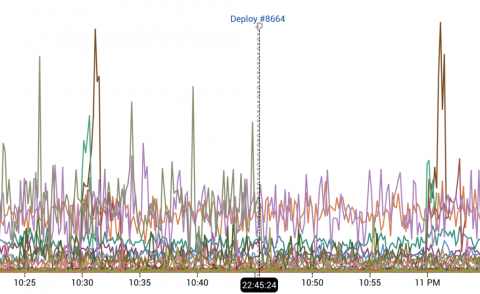Unlock the Value of IoT with Performance Monitoring
A new MIT Technology Review report reveals why—and how—application performance monitoring (APM) is the key to deriving maximum business value from the Internet of Things. Here’s what IT pros can learn from the findings.










